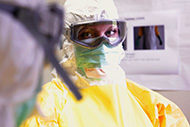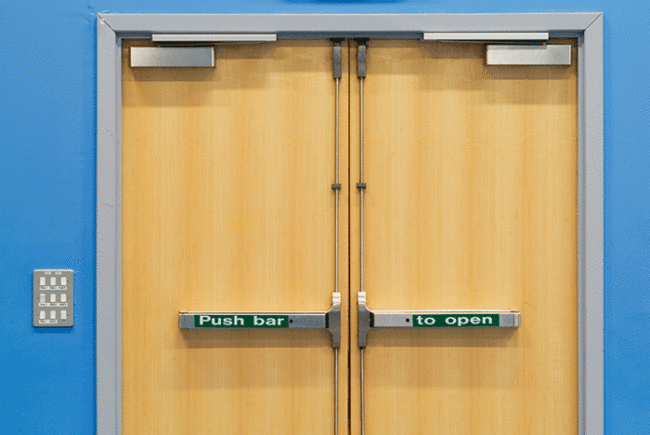As more health systems continue to adopt population health strategies, new and expanded outpatient facilities are sure to follow.
In fact, respondents to our 2016 Hospital Construction Survey report a rise in outpatient community-based initiatives. Compared with last year’s numbers, those planning medical office buildings went from 22 to 60 percent and planned immediate care facilities rose from 17 to 49 percent.
Randy Keiser, national health care director at Turner Construction, Nashville, Tenn., says that these types of facilities allow health systems “to get out into the community and find patients before they get really sick and wind up in the emergency department. All our clients are either doing outpatient projects or talking about them.”
This growth in outpatient construction is the motivation behind a recent study, “The Communication Factor: Observations & Opportunities for Improving Clinic Design,” that looks into how the designs behind this health care niche affects communication between medical staff and with patients.
KI, BBH Design and Parkland Health & Hospital System worked together to conduct 2,872 observations of how “physicians, nurses and patients spent their time and how their whereabouts impacted their interactions with colleagues and patients. The findings showed that design elements had a tremendous impact on the amount and quality of provider-patient interaction in the outpatient setting.”
The researchers walked away with a few main observations. First, the layouts of the facilities they observed offered little opportunity for overlap. Physicians spent most of their time at workstations, nurses were interspersed throughout the clinic or in transit and patients sat in the waiting room and then the exam room.
The researchers note that while everything seems to be in place with these separations, this traditional setup also results in a loss of natural communication. For instance, nurses were 99 percent less likely to speak with patients when nestled deeper within the clinic space. The researchers say a more open-concept layout, such as workstations located in more accessible areas, can promote more face-to-face interaction with patients, which helps to alleviate patient worries and can provide a better experience.
It also could promote more coordination between doctors and nurses. The researchers noted that in the current layout, doctors and nurses spent only 5 percent of their day talking with one another.
A good deal of time for both parties, however, involved computer time. Physicians were parked at a computer 48 percent of the time and nurses 34 percent. The researchers note that while the time spent charting and researching is necessary, it can be detrimental to one-on-one engagement. However, by reconsidering computer location and position, outpatient facilities can leverage technology to spark communication.
A few suggestions include communal seating arrangements or wall-mounted monitors so providers and patients can look at screens together rather than having doctors turn their backs to the patients during exams.
Interdisciplinary workstations also can be configured to encourage talking between staff. Instead of lining workstations along a wall, computers can be located centrally with staff facing across from one another.
“New outpatient designs should consider incorporating elements that enhance personal interaction and provide the means for more effective communication at all stages of care,” the study’s researchers say. “Open-concept layouts, mobile furniture and movable architectural walls that promote visibility, sit-stand solutions, and strategic technology placement should all be explored in support of the vital communication objective.”
Read the full study for more insights.





